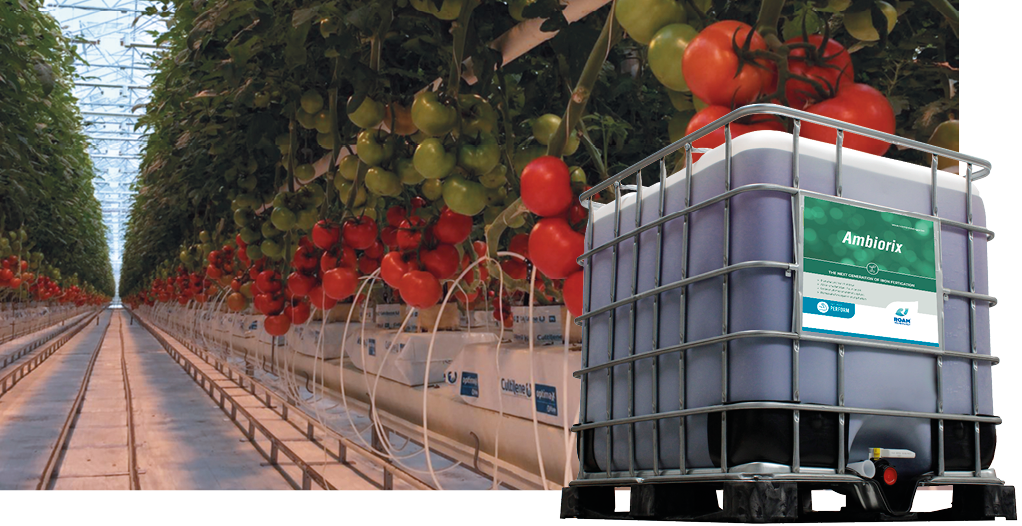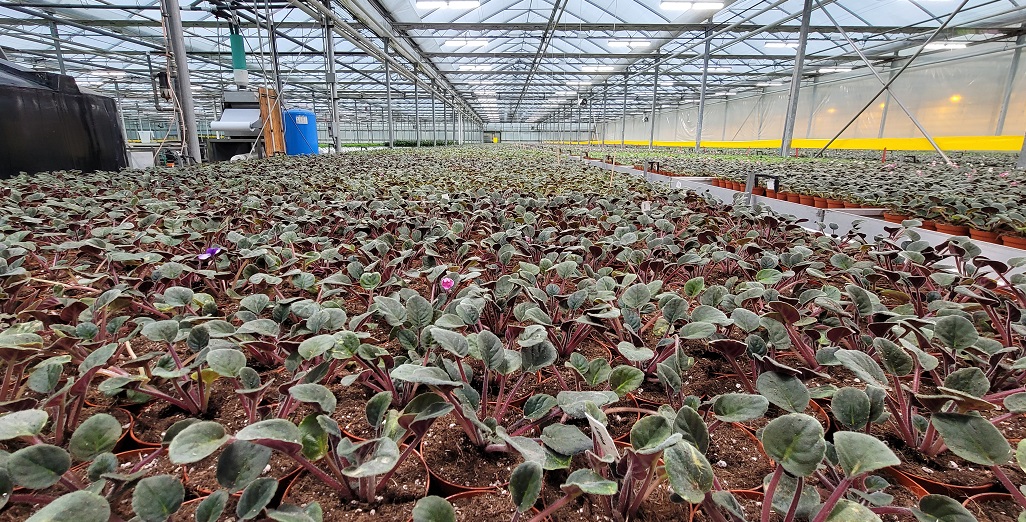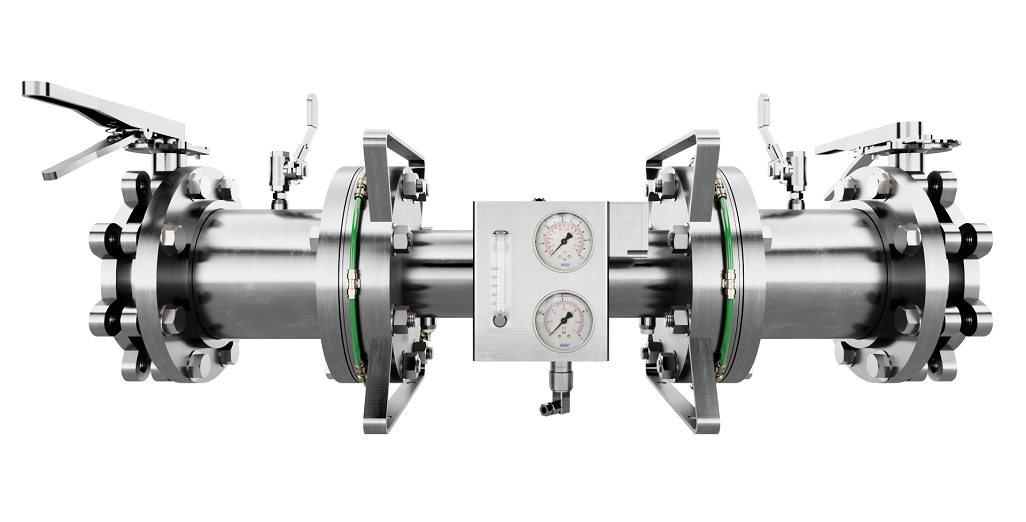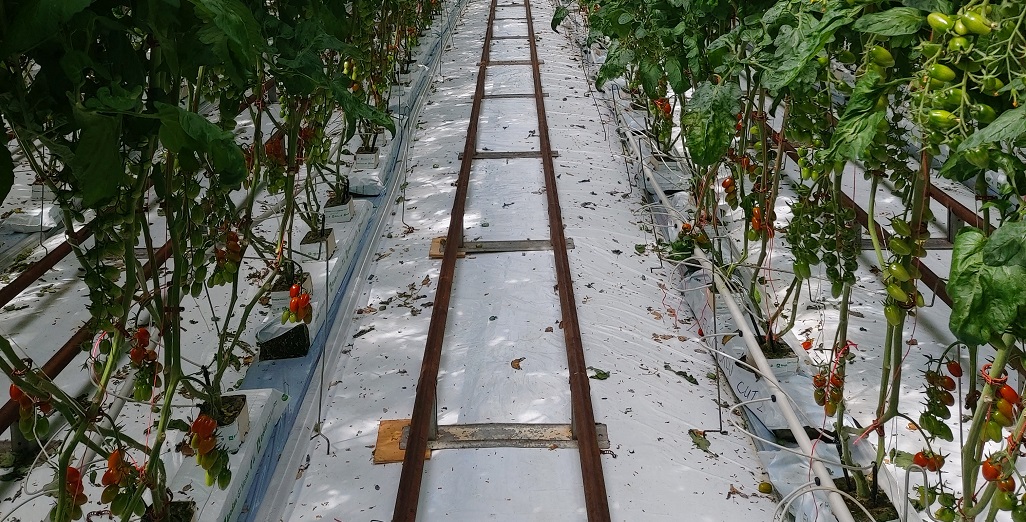Sign up here to subscribe to the Grower2grower Ezine. Every two weeks you will receive new articles, specific to the protected cropping industry, informing you of industry news and events straight to your inbox.
Feb 2018
Advising on different substrates

Advising on different substrates
Growers will invariably use different substrates. They generally use a substrate they are comfortable and familiar with, that suits their property and irrigation system. There is a need for differing watering strategies between alternate substrates and even between the same material/composite but produced by different companies. I advise at properties which use all types of substrate. In my experience no one property uses the exact same watering strategy. This is why it is imperative to understand each individual site before advising on irrigation strategies and techniques. We could all grow with a similar basic strategy, as plants do have a large spectrum they can function in, but, and it is a massive BUT, if you do grow this way you could be using excessive water and fertilizer you don’t need to, costing you extra dollars. In contrast I have experienced under watering, which has the same effect on diminishing revenue. Irrigation has a large influence over plant balance.
Understanding the water holding capacity, the water availability to the plants with the different substrates is extremely important.
Rockwool, coco-peat, pumice, sawdust and perlite are the recognised and most widely used substrates in NZ greenhouses. They all have positives.
Below is a brief rundown of each substrate. Over this year there will be further articles on each of these substrates, which will discuss each in more detail, including height, width and volume along with potential irrigation strategies.
Rockwool:
Rockwool is an inert, an-organic. Rock wool or Stone wool substrate is a completely natural product made from volcanic rock known as basalt. Using the latest technologies, the basalt rock is spun into all different types of products with Horizontal fibres, with vertical fibres, with cross fibres and two-layer slabs.

- Water holding capacity: 85% of Volume
- Water availability capacity: 85% of Volume
- The rock-wool fibre does not hold onto the water i.e. there is limited water tension between substrate and root system, so the fibres don’t compete with the roots and try to hold onto the water.
- The rock-wool can be dried down in winter and the water content can be lifted in summer.
- If you do not have hanging gutters and are growing on the ground it is necessary to have a flat level surface under your rock-wool slabs. Polystyrene sheets 50 mm thick are good for keeping the slabs level.
Coco-Fibre
Coco-peat is an organic media. Coco-peat can be coarse or fine material. The best quality is sieved and the dust removed. It is important to know the origin of the coco-peat, for instance was it grown close to the sea, as the coco-peat contains more sodium. Coco-peat is a very easy and forgiving growing medium.



- Water holding capacity: 85% even higher
- Water availability capacity: 40-60% (varies between mix)
- It is recommended that to increase root volume and coverage, to evenly spread the irrigation drippers across a slab (not necessary for bags)
- Coco bags can sit straight onto the floor but I still recommend placing coco bags or slabs on polystyrene sheets.
- Fantastic for recycling.
- Renewable resource
Pumice
I am aware of two types used in New Zealand, river pumice and mined pumice. Pumice is an even growing media and holds approximately 30% of its volume in water, so to get the same water availability you will need a good amount of substrate. Pumice is good for growing in the winter, you can dry the bags quickly and effectively and maintain excellent root health. In the warmer months you need a very accurate irrigation system as you will need more frequent shots because of the reduced water holding capacity. Recirculation system are advised if you are grow in pumice. Pumice is sometimes mixed with sawdust to improve water holding capacity.
.jpg)
- Fantastic dry down potential in Winter
- Easy EC control
- Excellent for disposal
Perlite
In horticulture, Perlite can be used as a soil amendment or alone as a medium for hydroponics or for starting cuttings. When used as an amendment it has high permeability / low water retention and helps prevent soil compaction. Like pumice it has the ability to dry down effectively in winter. A big advantage, in my view, is in the summer, this product should not reach high temperatures, partly because of its ‘generally’ light colour and the need for frequent irrigations refreshing the substrate. The lower temperatures have a positive effect on oxygen availability. Certain crops are less forgiving than others when high slab temperatures are involved, like pumice though, it is recommended that this type of product is used where facilities have the ability to recycle their irrigation.
- Fantastic dry down potential in Winter.
- Easy EC control
- Ability to keep cool in summer
- Reusable if steamed
Sawdust
Sawdust In contrast to pumice can be far too wet in the winter but good for the summer, with all the available chip sizes the water holding capacity or water availability levels will vary. The most positive thing about sawdust is that it is a renewable source
- Easy disposal
- Organic
- Renewable resource
- Potentially high water holding capacity in summer
NFT systems are a different kettle of fish and these systems will be discussed in-depth later this year.
If you are interested in technical advice sign up to the commercial grower section. I will be able to review and advise you on any potential changes you may need. Terms and conditions apply.
Article written by Stefan Vogrincic Grower2Grower
CLASSIFIED
Subscribe to our E-Zine
More
From This Category

Less fertilisation and higher yields with Ambiorix iron polyphosphate

Bluelab Introduces OnePen™

Free Webinar on Controlling Waterborne Pathogens in Greenhouses

Whitepaper elaborates on safe recirculation of irrigation water

Introducing Moleaer’s Trinity: Revolutionizing Agriculture with Advanced Nanobubble Technology

























